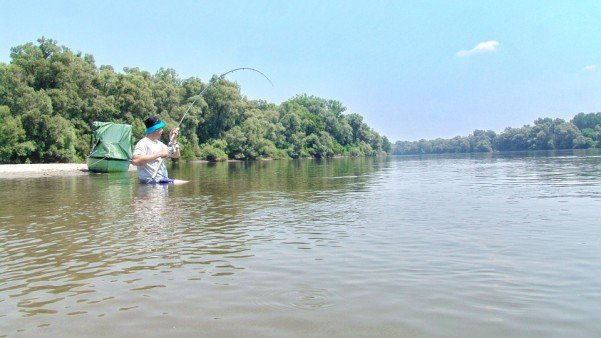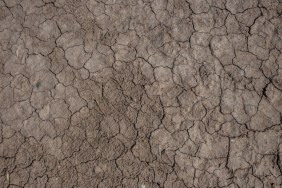It is not uncommon for anglers to cower from the prospect of fishing during the steamy-hot days of summer.
The thought of tossing lures at sluggish fish beneath a sweltering sun is too much for many anglers to handle. They abandon lakes and rivers and cling to the myth that hot weather equals poor fishing.
The truth is summer fishing usually takes more work than spring angling, but the fish are out there and can be caught with a little effort.
Hot weather affects game fish in different ways. For example, cool-water species like walleyes and northern pike move to deeper water when the mercury shoots upward in the summer, but warm-water species like largemouth bass and catfish remain largely unaffected, even when water temperatures soar into the 80s.
RELATED: How to Fish Around Docks
For species that are affected by high water temperatures, the key is finding the temperatures they like. Walleyes prefer temperatures in the 60s and dislike summer’s bright sunlight, so they retreat to deep water. Look for them near submerged structure like humps or sunken islands, often in 30-40 feet of water.
The best summer walleye action is during the low-light hours of morning and evening, which are the coolest portions of the day. Try live bait with a Lindy Rig or jig. Work the bait slower than you would during the spring. Walleyes often are sluggish during hot weather and are not willing to move quickly to pursue prey.
Morning and evening also tend to be good times for summer largemouth bass, but because largemouths can tolerate high water temperatures, they also can be caught in the middle of the afternoon on a 95-degree day with a wide-spectrum of techniques, ranging from fly-fishing to casting with artificial worms or crankbaits.
RELATED: Fly Fishing Tips for Largemouth Bass
The heat of summer even opens new angling opportunities for largemouth anglers. Warm water stimulates the largemouth¹s nighttime activity. Anglers willing to hit the water in the middle of the night can take some of the season’s largest fish with noisy top-water baits.
While largemouth bass remain eager eaters during hot weather, mid-summer northern pike offer a confusing conundrum for many anglers. Some try trolling or casting along the shallow weed lines that were productive in the spring, but manage to catch only small northerns.
This frustrating problem results, because young northern pike are able to withstand much higher temperatures than older, larger fish. While anglers can catch small northerns all day long in shallow water, the large fish they really want are in much deeper water.
Large northerns are among the most difficult fish to catch during hot weather. When water temperatures creep into the 70s their metabolism slows down. If water temperatures soar too high they may stop feeding altogether.
The best strategy is to find water temperatures in the 60s, near structure. In very clear lakes it could be a weedline in 25-30 feet of water. Sunken islands or humps are also good areas. Try trolling slowly with large baits or fishing large live bait like sucker minnows.
Although large northern pike can be elusive during the summer, the hottest days of the year are the peak time for big catfish. Flathead and channel catfish offer dependable angling opportunities in July and August. Catfish tolerate water temperatures into the 90s and remain active throughout the summer.
As with many fish species, the best catfish angling occurs during low-light hours. Catfish are attracted by smell, so anglers should try still fishing with stink baits in holes or near submerged structure.
The heat of summer is upon us, but that is no reason to stop fishing. Hot-weather fishing just requires a change in strategy for some species, and for others it means some of the best fishing of the year.








